1) Wellness is a winner
In a McKinsey & Company survey of 7,500 consumers in six countries, 79% said that wellness is essential, and 42% consider it a top priority. And we’re certainly seeing this seep into the world where beauty and wellness collide.
Healthy, fresh complexions from skincare and makeup are trending. Women value the wellness and confidence-boosting merits of beauty routines, and in a Mintel study, 75 % of all women indicate that their beauty/grooming routine makes them feel more confident. Consumers are investing more in products that help them to remain calm and avoid stress. Men are also jumping on the self-care bandwagon, with grooming routines becoming integral to their wellness.
Immersive brand experiences that marry the concept of beauty treatments, mental well-being and health are proven winners for brand advocacy. For example, the London Lush Lounge pop-up invited consumers to a space away from the hustle and bustle of the shopping centre to sit down , press pause and reset with premium wellness products. So guess which brand those visitors will associate with feeling calm, stress-free and the best versions of themselves? Yep, you’ve got it! Lush won big on brand loyalty and advocacy here.
2) Prove it!
The “lipstick effect” of buying premium beauty products in times of financial turmoil is nothing new. In fact, Mintel’s report showed that almost half of all women buy new premium BPC products to treat themselves, rising to 60% of young women aged 16-34 .
With the cost-of-living crisis still affecting the UK, we’re seeing a rise in demand for products that do it all. People prefer products that can give them multiple benefits with exceptional results.
Which is where efficacy comes into play. Consumers are increasingly more interested in whether a product does what it says on the tin. With 84% of buyers expecting premium/luxury BPC brands to prove that products do what they claim, this is a huge factor to consider when marketing your products. Whether through in-person demos, brand awareness and education, or social media campaigns, a product must be proven to outdo all the competition. And ideally, just one product!
3) Less routine, more fun.
51% of consumers globally say they try to have fun now and let the future take care of itself later. This attitude is firmly cemented in consumers’ attitudes to their beauty regimes.
2023 is the year of ME. In response to Covid restrictions , people are putting themselves first this year. So it’s a time for reinvention, throwing beauty norms out of the window and experimenting with new, personalised looks.
Fun, dynamic experiences that offer a playground for experimentation are great ways to throw the beauty rulebook out the window and position your brand as playful, current, and exciting, especially amongst younger audiences.
Personalisation is a trend that continues to allow brands to command attention over their competitors. A great example is the Chloe Ateliers Des Fleurs collection, where consumers could create their own fragrance bouquet to suit their style from 17 floral scents . No one needed to pop to Paris for a personalised fragrance; they could make it in a pop-up in the UK.
4) Sustainability = Success.
The sustainability or clean beauty trend has been around for a while but has gained more and more momentum each year. With 44% of 18–36-year-olds saying that sustainability and ethics-related considerations are vital when buying beauty and wellness products, it’s crucial to consider how your brand is broaching the subject, from packaging to brand experiences.
Krave Beauty’s “Waste Me Not” pop-up highlighted their reworking of unsuccessful formulas into new products, combating wastage . For example, they took 1,200 gallons of a recipe that hadn’t worked for their Matcha Hemp Hydrating Cleansers and reinvented it into a limited-edition cleanser. Plus, it was packaged using less material than the regular cleansers, cutting down on water and energy used in the creation process. PLUS, the $8 price tag covered the cost of development, packaging, compliance, safety testing, freight, and fulfilment.
However, 79% of beauty consumers still doubt whether to trust the industry’s sustainability claims. This gives brands a unique opportunity to position themselves as experts and prove the efficacy and sustainability of their products- ticking off two trends in one go!
The more brands can show that they’re taking sustainability into account, whether in products themselves, packaging, delivery, or the experiences they’re creating to market their brands, sustainability should be front and centre of innovation.
5) Embracing natural beauty.
Despite two-thirds of Instagram users falling into the Millennial or Gen Z categories, Gen Xers are the fastest-growing group of users on the platform. And this is a stat that L’Oréal has harnessed to its advantage to tie in with the desire for authentic beauty being championed above over-filtered unrealistic beauty standards created by the social media boom. They made a first-of-its-kind campaign using beauty influencers between the ages of 45-84, tapping into the 13% of Instagram users aged 45 and over.
Other brands are reducing negative wording on products such as anti-frizz, instead promoting the efficacy (there’s that trend again!) of enhancing consumers’ natural beauty with statements such as “improve natural texture”. The London Lush Lounge showed that self-care doesn’t have to look perfect by presenting honest images of unedited self-care moments as inspiration sources.
Brands that can innovate in how they represent a diverse range of natural, authentic beauty are likely to succeed in improving trust amongst the community, both on and offline. And across a wide age range too!
6) Challenging gender stereotypes.
The industry has long been geared towards women and their health and beauty needs, but there’s an audience being missed here. With the beauty and fashion industries becoming healthily diverse with representation, it may not surprise you to see this filtering into everyday people. Mintel showed that 49% of men are willing to add extra steps to their daily hair and skincare routines, suggesting some unexplored marketing opportunities for brands to discover to appeal to new, interested consumers.
And the buck doesn’t stop there – there is an increased demand for products to defy gender stereotypes and become inclusive to suit all people with a broad host of skincare needs, regardless of gender. An NPD report showed that 40% of 18-22-year-olds are interested in gender-neutral beauty products, including skincare and cosmetic items.
What to Take Away
Across all these trends, it’s clear that celebrating the well-being and enhancing the natural beauty of consumers is the key to success in 2023. So make them the focus of your attention, keeping these ideas as the foundations of all your campaigns this year.
Prove your products work backed up with expert scientific advice from dermatologists and skincare professionals. Champion gender-neutral or inclusive products that work regardless of gender to appeal to a broader audience. Embrace the diversity and imperfections of unfiltered beauty in your campaigns. Focus on nurturing wellness and sustainability. And most importantly, get creative and make a health and beauty routine experimental and a whole load of fun to keep your audience coming back time and time again.





.png)


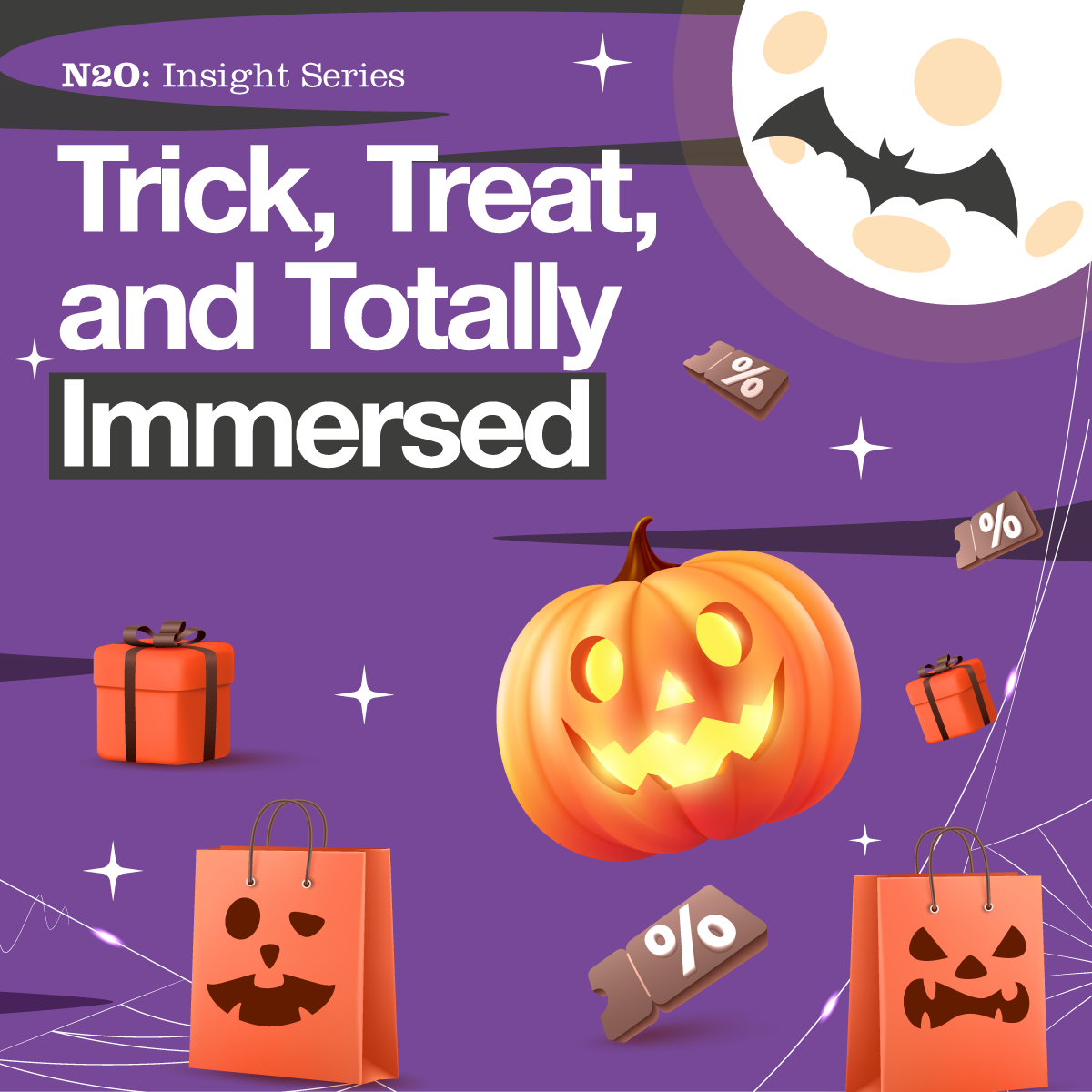
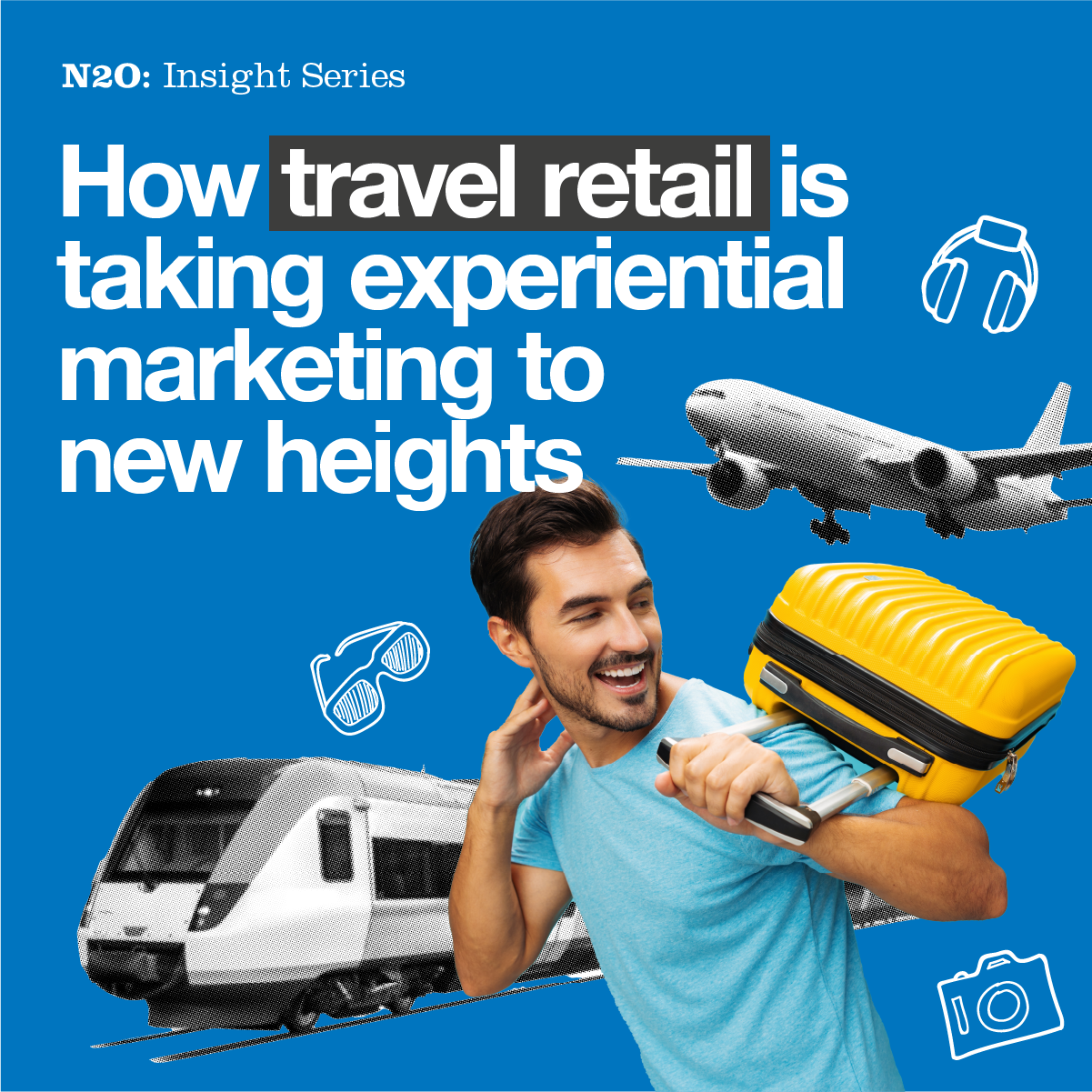

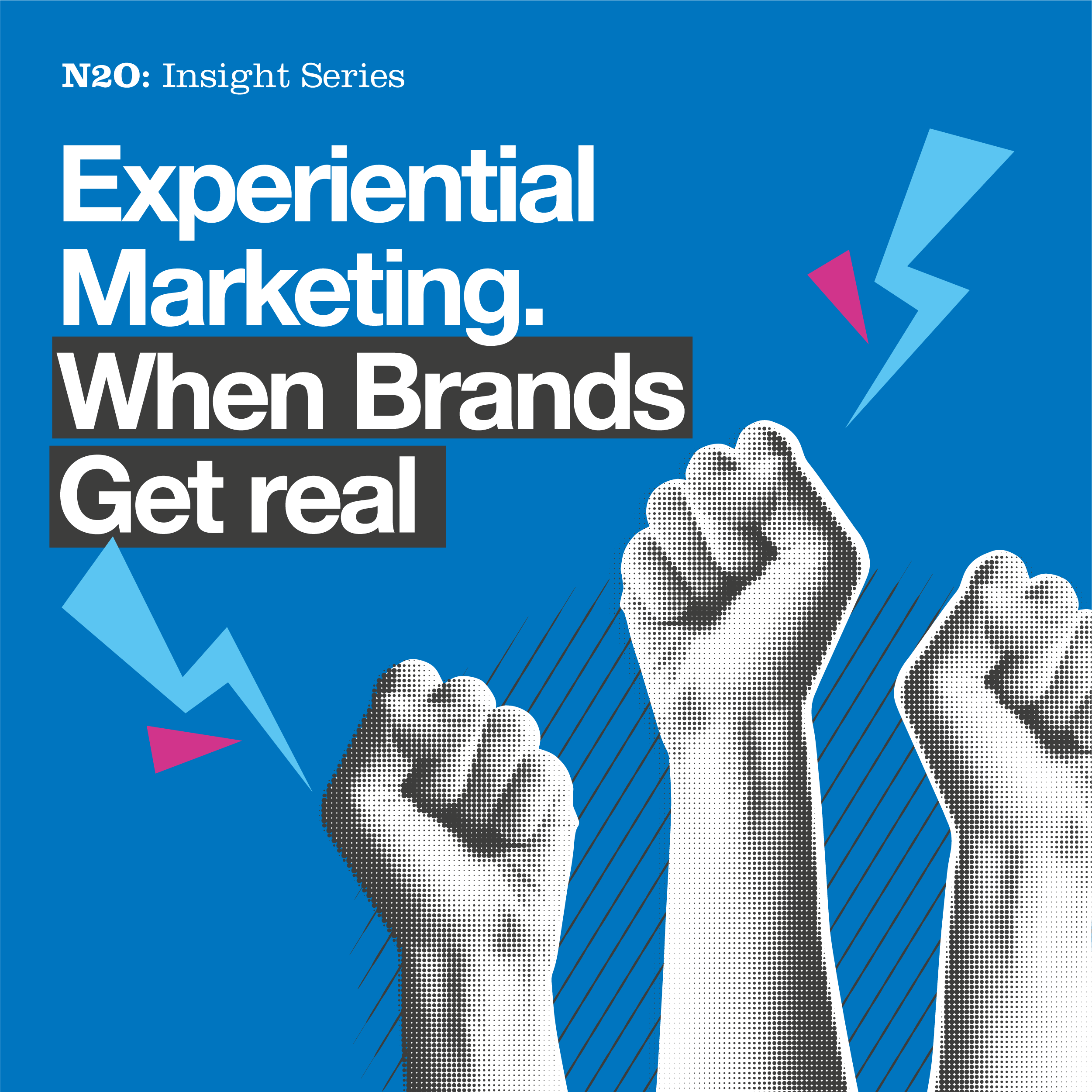


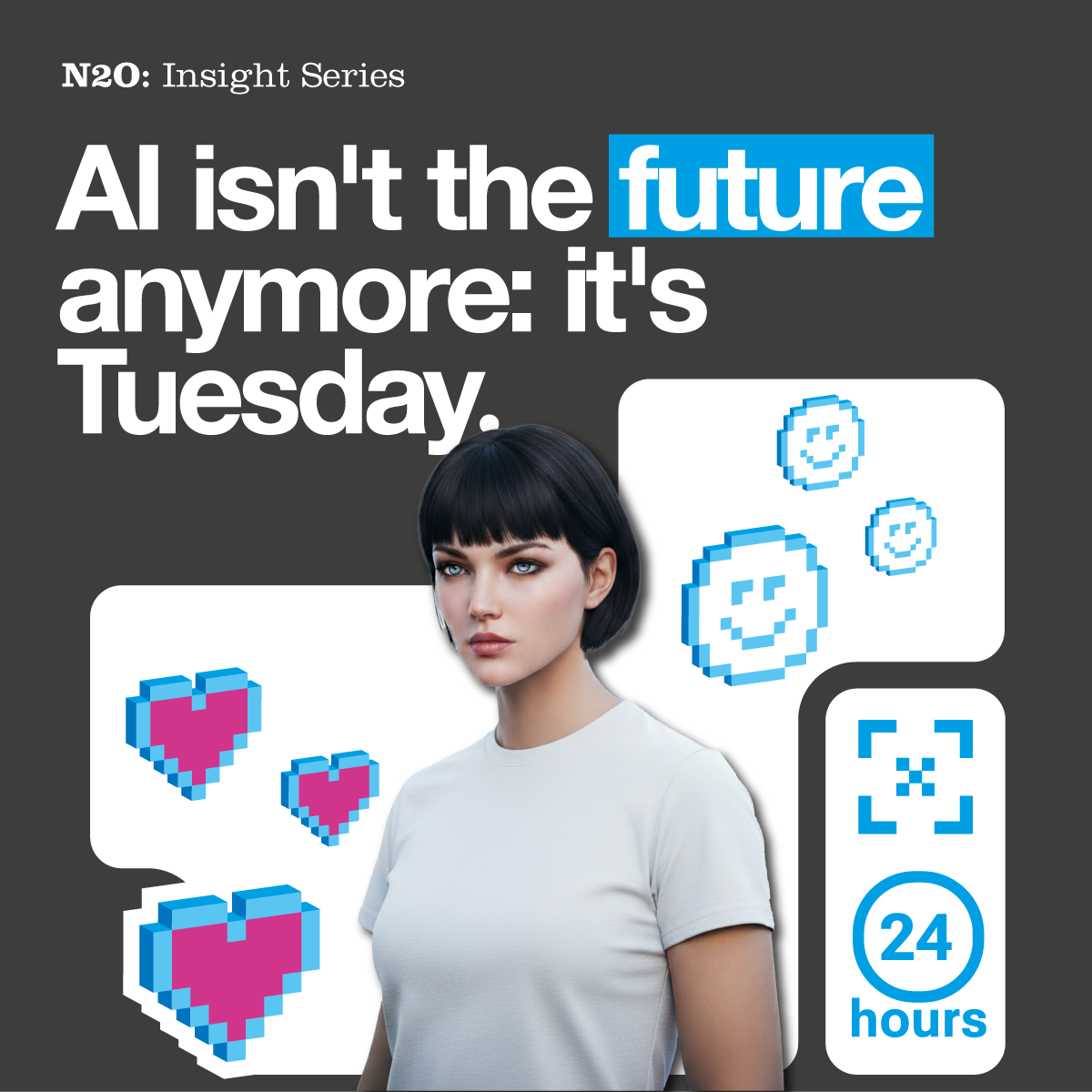


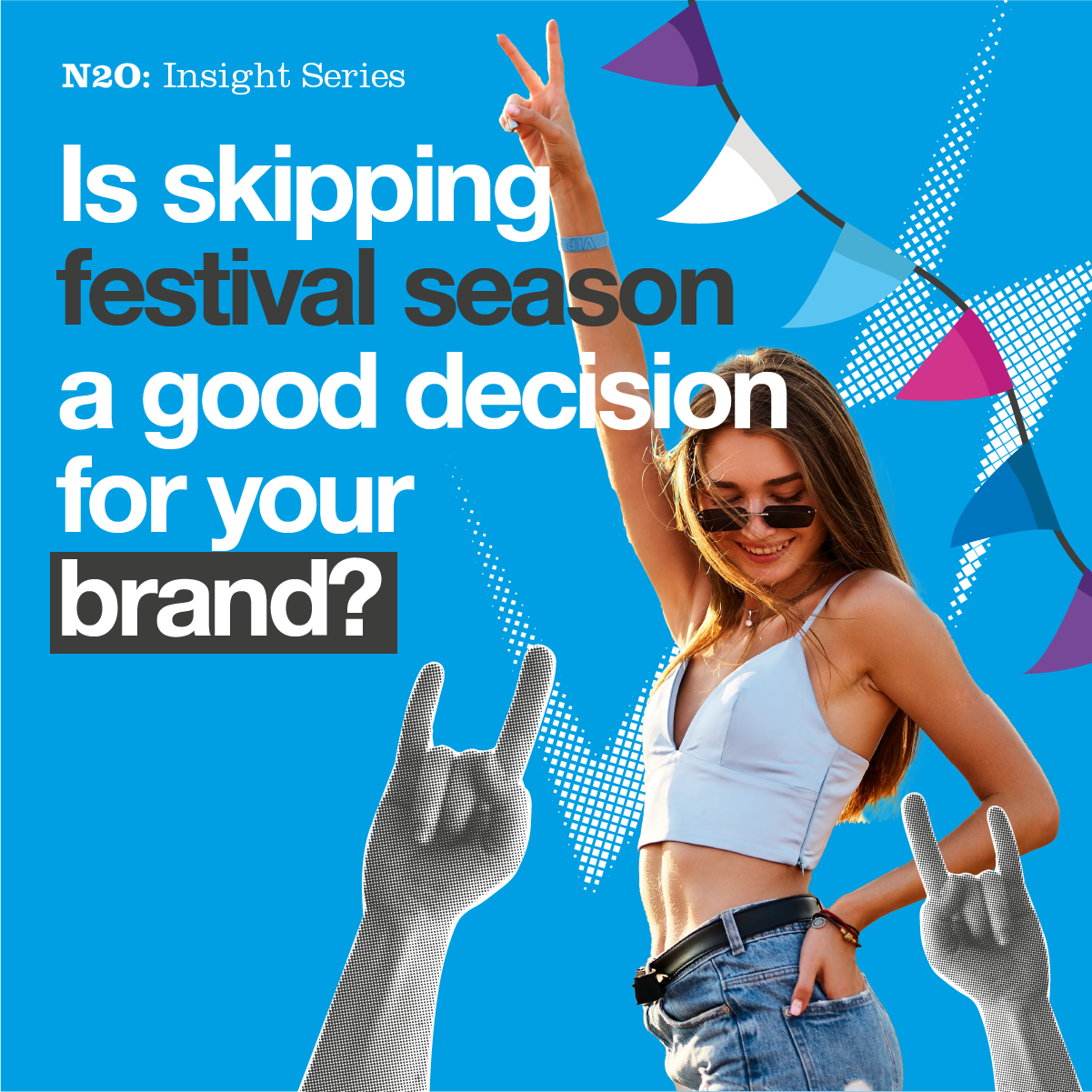



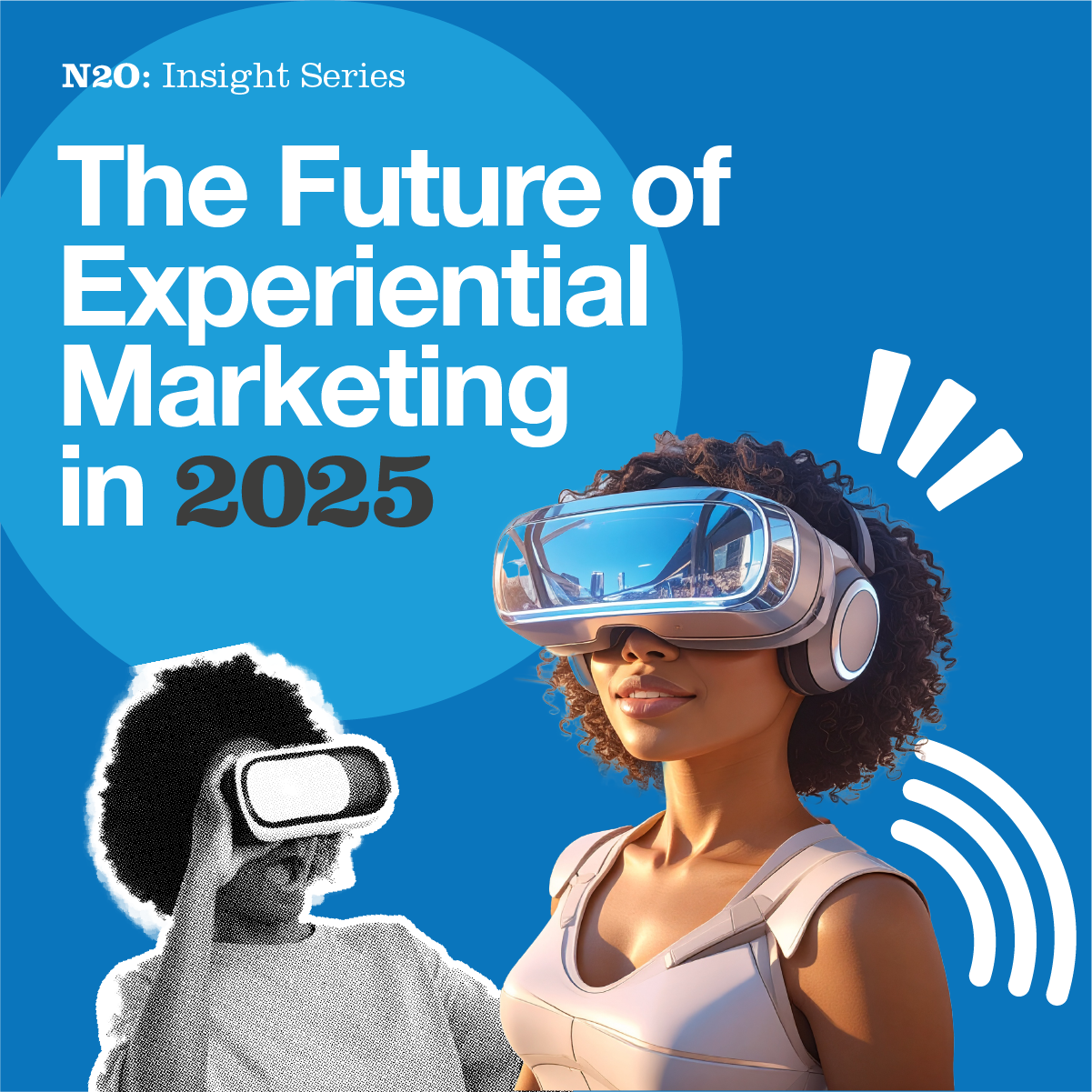































































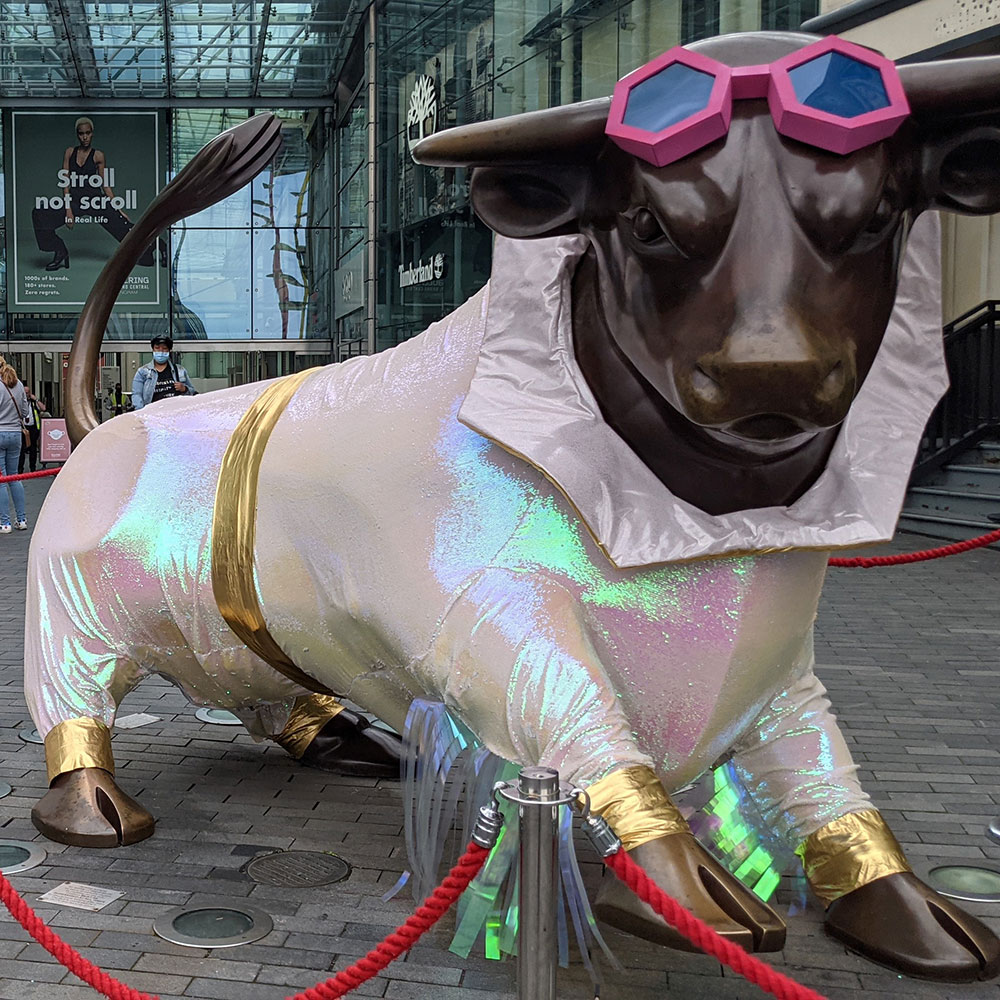


.jpg)






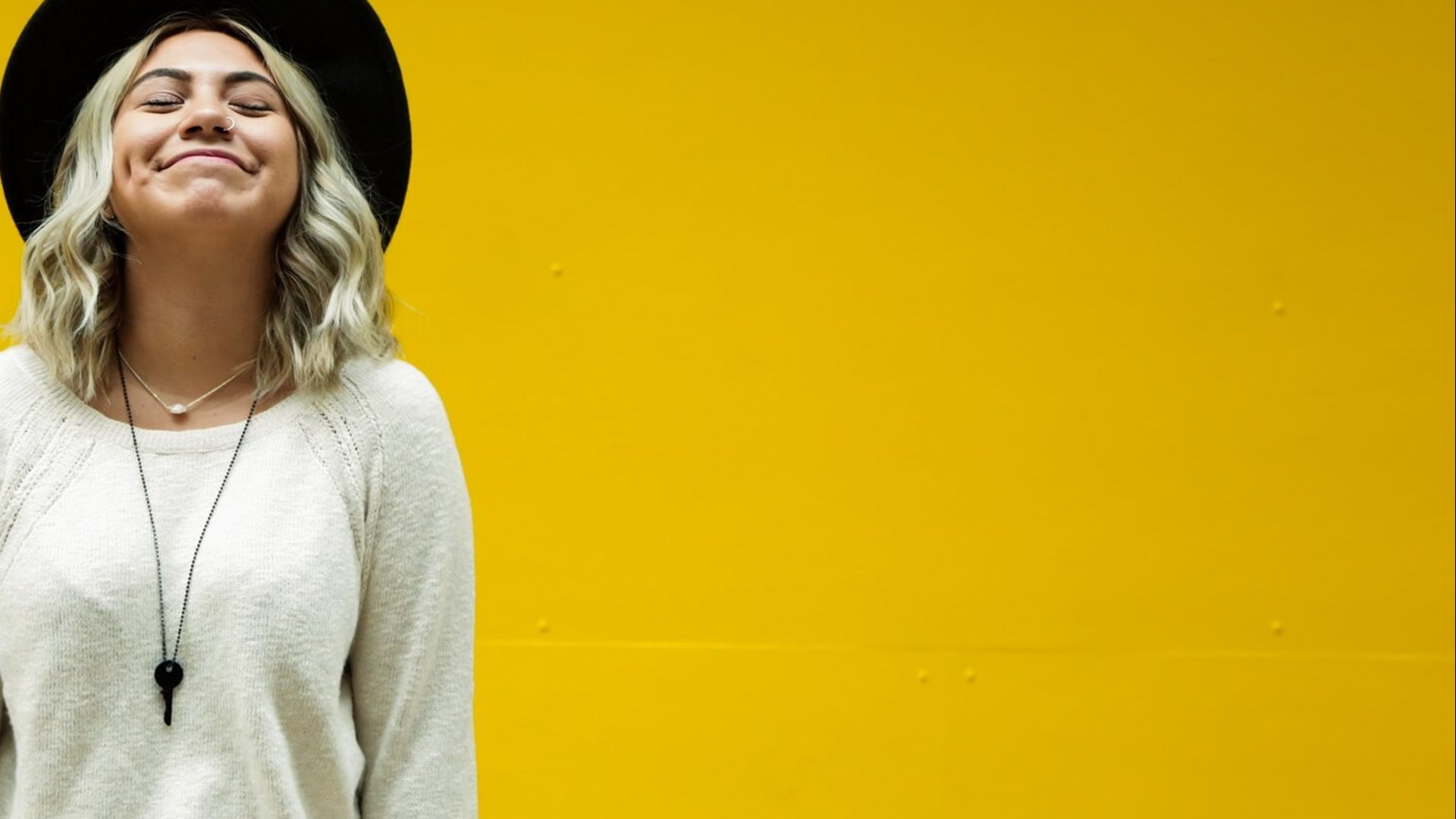
.jpeg)
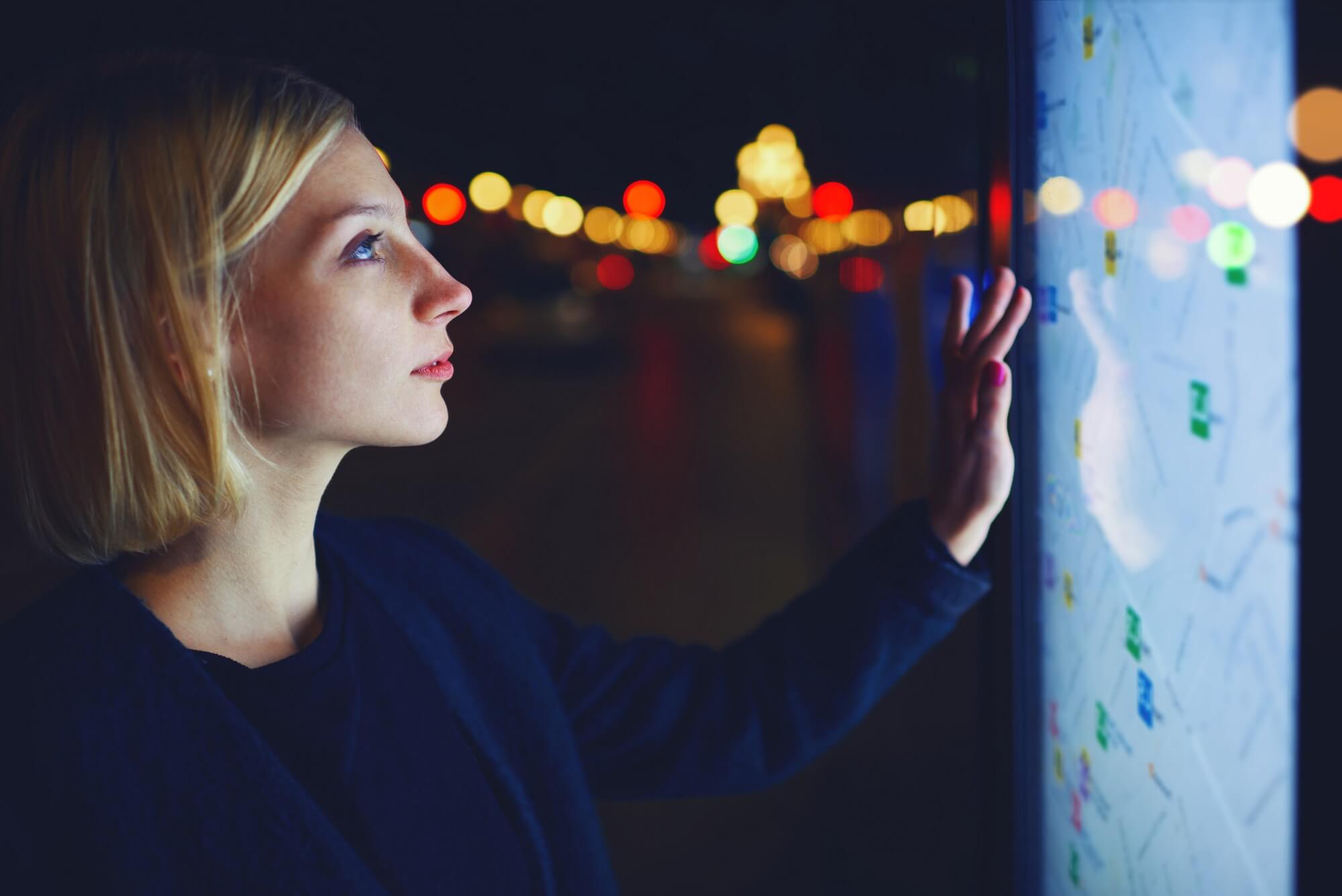

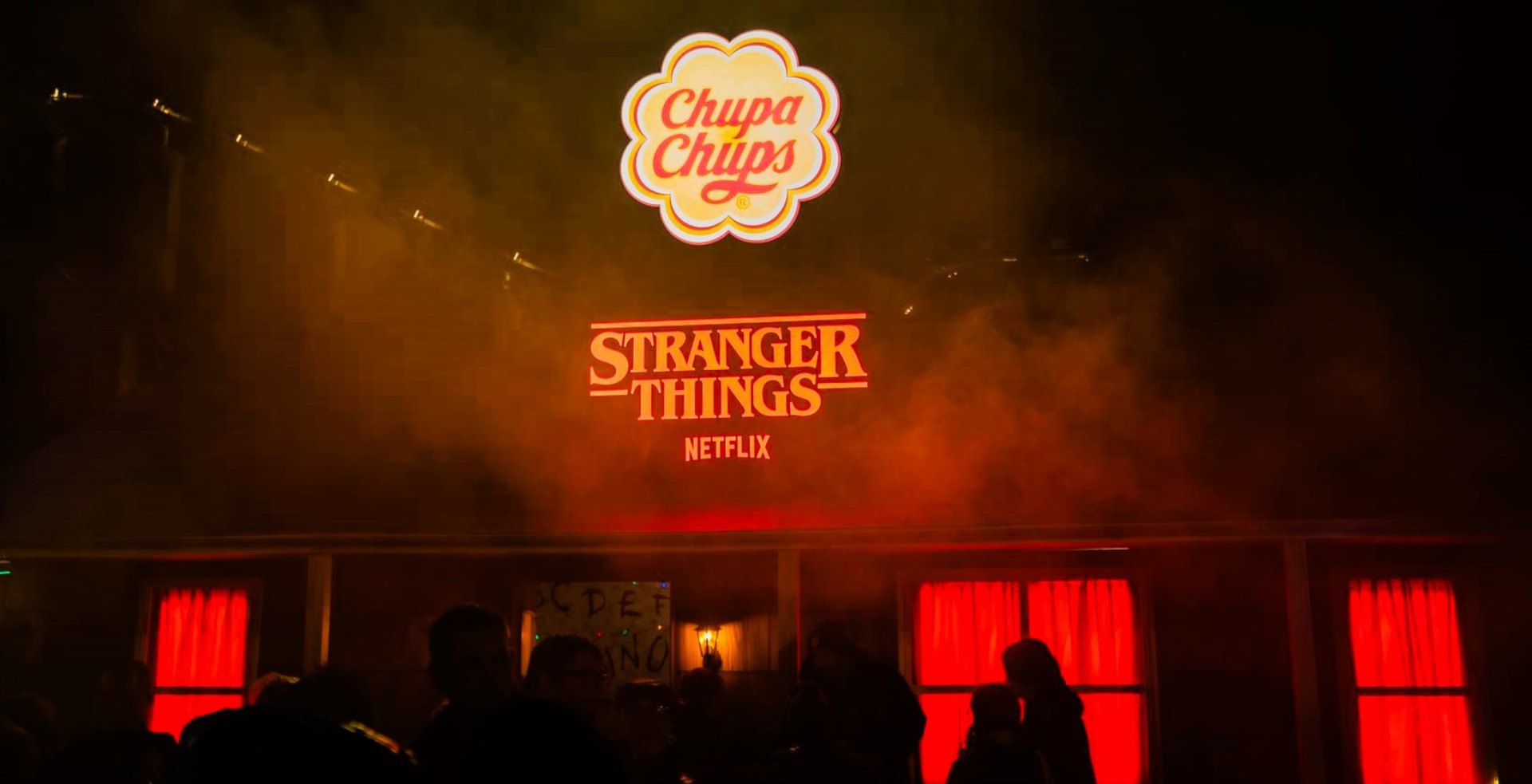
.png)


















